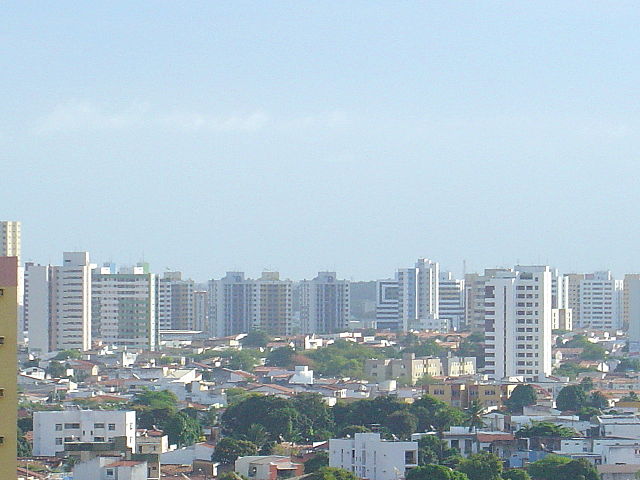São Cristóvão is a Brazilian municipality in the Northeastern state of Sergipe. Founded at the mouth of the Vaza-Barris River on January 1, 1590, the municipality is the fourth oldest settlement in Brazil. São Cristóvão is noted for its historic city square, São Francisco Square, and numerous early colonial-period buildings. The 3 hectares site was designated a UNESCO World Heritage Site in 2010.
São Francisco Square, São Cristóvão
Church of our Lady of the Rosary, historically a place of worship for Afro-Brazilians in São Cristóvão
Sobrado at Rua Castro Alves, 2
Sergipe, officially State of Sergipe, is a state of Brazil. Located in the Northeast Region along the Atlantic coast of the country, Sergipe is the smallest state in Brazil by geographical area at 21,910 square kilometres (8,460 sq mi), larger only than the Federal District. Sergipe borders Bahia to the south and west and Alagoas to the north. Aracaju is the capital and the largest city in the state; the state is divided into 75 municipalities. The state has 1.1% of the Brazilian population and produces only 0.6% of the Brazilian GDP.
Aerial tramway in Aracaju.
Skyline of Aracaju.
Royal decree of King John VI, granting the administrative emancipation of the Captaincy of Sergipe on July 8, 1820.
Aracaju-Barra Bridge at night.







